Preparing matcha, the finely ground powder of specially grown and processed green tea leaves, is both an art and a science. Achieving the perfect balance between matcha powder and water is essential to fully appreciate its rich flavor and health benefits.
This guide explores the ideal ratios for different matcha preparations and offers tips to enhance your tea-making experience. Handcrafted matcha tea bowls are also all different so ensure the optimal quantity may slightly vary depending on their uniqueness.
Understanding Matcha Preparation Styles
Matcha can be prepared in two primary styles: Usucha (thin tea) and Koicha (thick tea). Each style requires specific measurements and techniques to achieve the desired consistency and flavor.
Usucha (Thin Tea)
Usucha is the more common and approachable form of matcha, characterized by a lighter consistency and a frothy top layer. It's suitable for daily consumption and is often preferred by those new to matcha.
Ingredients and Measurements:
Matcha Powder: 1.5 to 2 grams (approximately 1 to 1.5 chashaku scoops or about half a teaspoon)
Water: 60 to 80 milliliters (about 2 to 2.7 ounces) of hot water
Preparation Steps:
Sift the Matcha: Place the matcha powder into a fine-mesh sieve over your tea bowl (chawan) and gently sift to remove any clumps.
Add Hot Water: Heat water to approximately 70–80°C (158–176°F). Pour the measured hot water into the bowl with the sifted matcha.
Whisk Vigorously: Using a bamboo whisk (chasen), whisk the mixture briskly in a zigzag motion until a frothy layer forms on the surface.
Koicha (Thick Tea)
Koicha is a more concentrated form of matcha, resulting in a thick, syrupy consistency. It's traditionally used in Japanese tea ceremonies and requires high-quality matcha due to its intensity.
Ingredients and Measurements:
Matcha Powder: 3 to 4 grams (approximately 3 to 4 chashaku scoops or about one teaspoon)
Water: 30 to 40 milliliters (about 1 to 1.4 ounces) of hot water
Preparation Steps:
Sift the Matcha: As with Usucha, sift the matcha powder into your tea bowl to ensure a smooth mixture.
Add Hot Water: Heat water to around 70–80°C (158–176°F). Pour the measured hot water over the sifted matcha.
Marukyu Koyamaen
Mix Gently: Unlike Usucha, Koicha is mixed slowly with the chasen in a circular motion until the tea becomes a thick, smooth paste without producing foam.
Tips for the Perfect Bowl of Matcha
Quality Matters: For Koicha, invest in high-grade, ceremonial matcha to avoid excessive bitterness.
Reddit
Water Temperature: Using water that's too hot can scorch the matcha, leading to a bitter taste. Aim for water temperatures between 70–80°C (158–176°F).
Consistent Measurements: Using a chashaku (bamboo scoop) helps achieve consistent measurements, but a teaspoon can suffice if unavailable.
Marukyu Koyamaen
Proper Whisking Technique: A chasen (bamboo whisk) is ideal for achieving the desired consistency and froth. Whisking in a zigzag motion for Usucha and a gentle circular motion for Koicha yields the best results.
Pre-warm the Bowl: Warming your tea bowl with hot water before preparation helps maintain the temperature of the matcha.
Conclusion
Mastering the art of matcha preparation enhances your tea experience, allowing you to enjoy its nuanced flavors and health benefits fully.
By understanding the differences between Usucha and Koicha and adhering to the recommended ratios and techniques, you can craft the perfect bowl of matcha tailored to your preference.


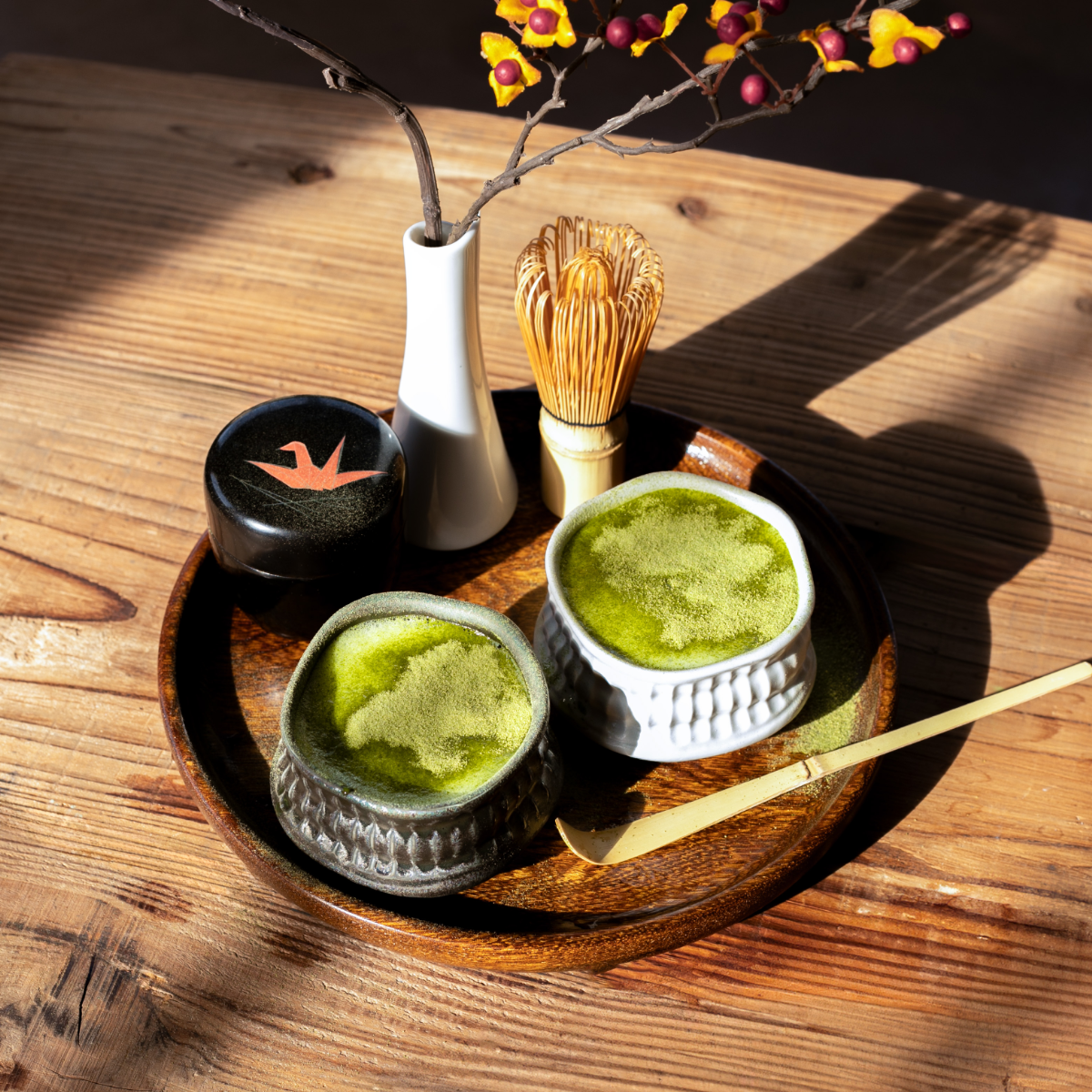

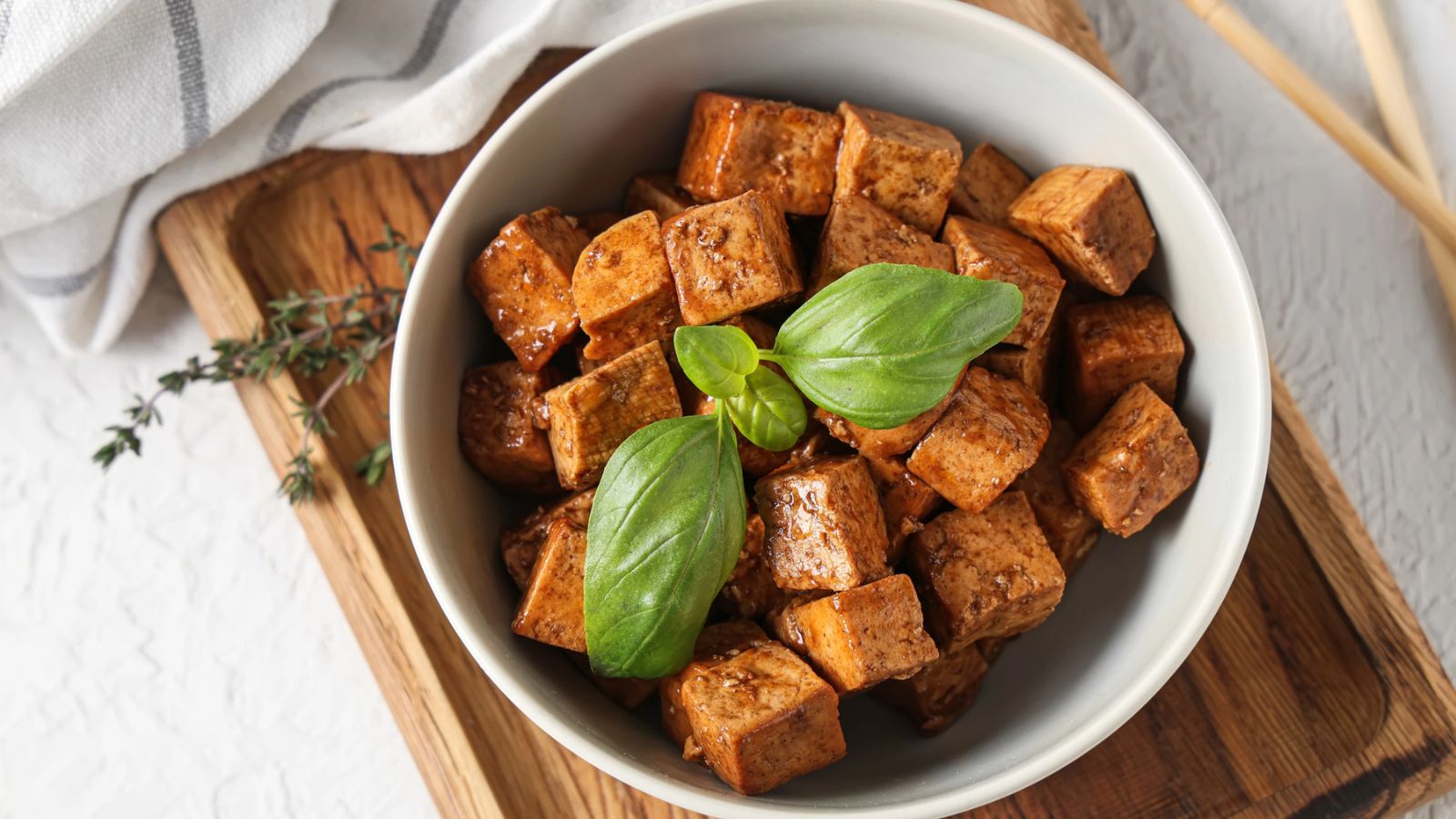
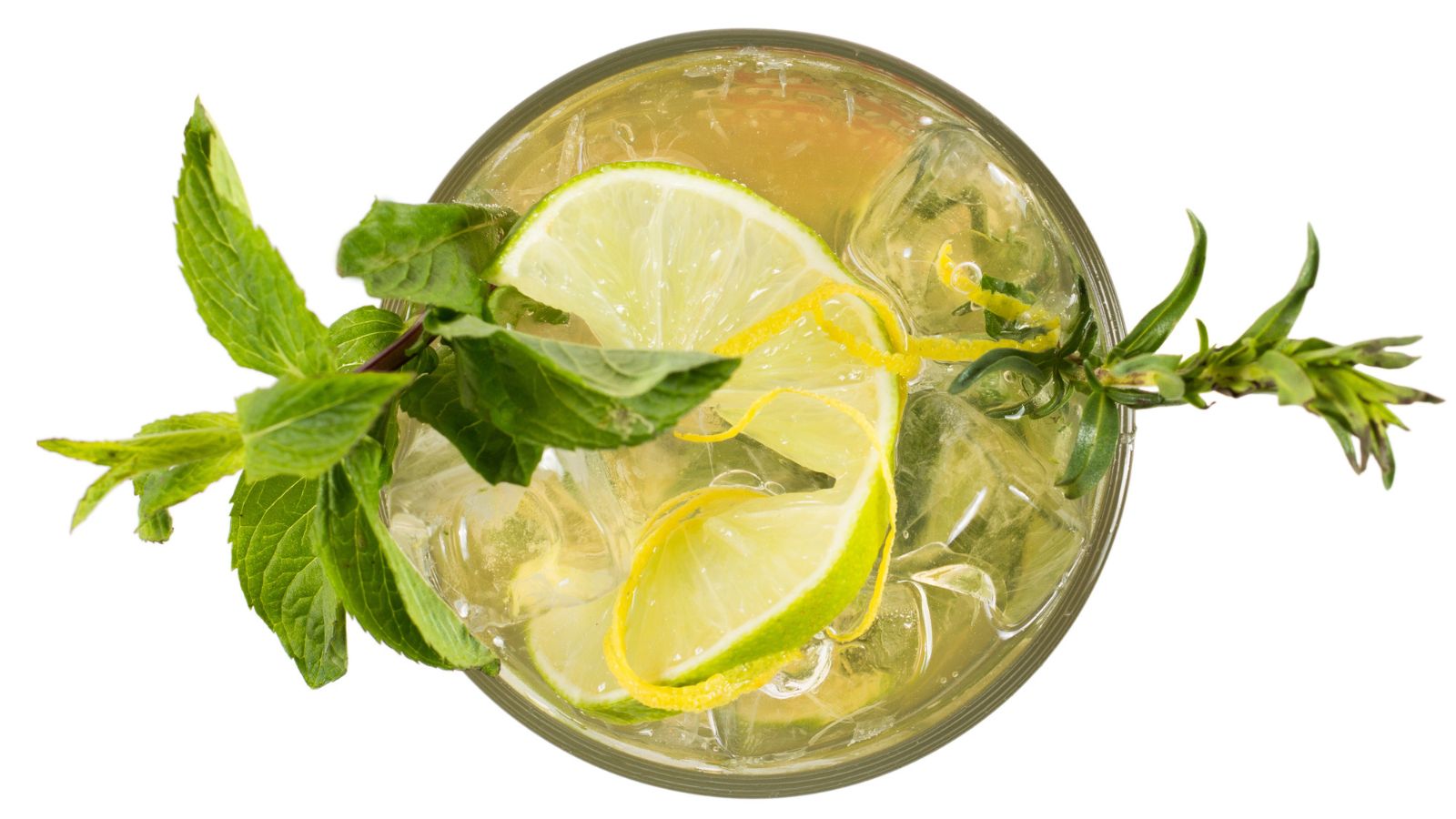
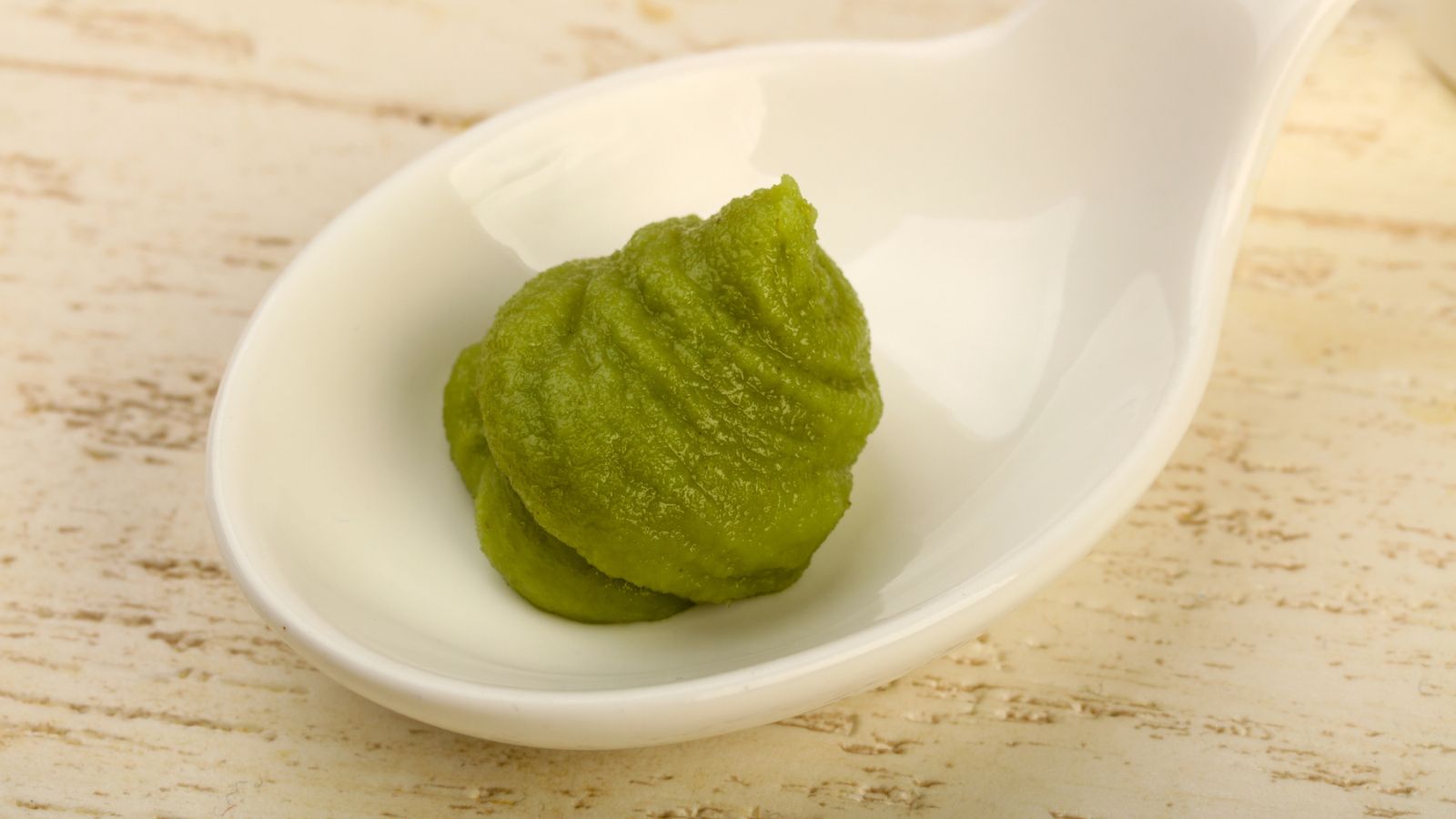
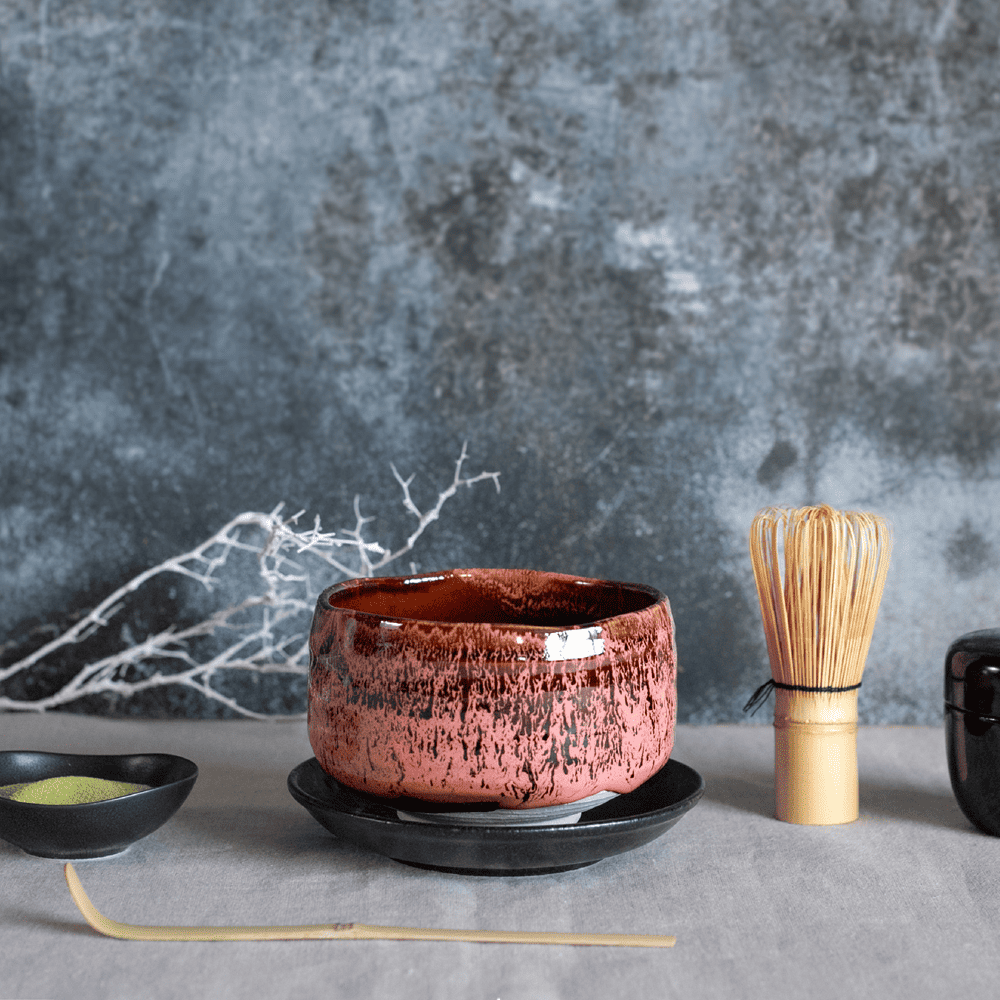
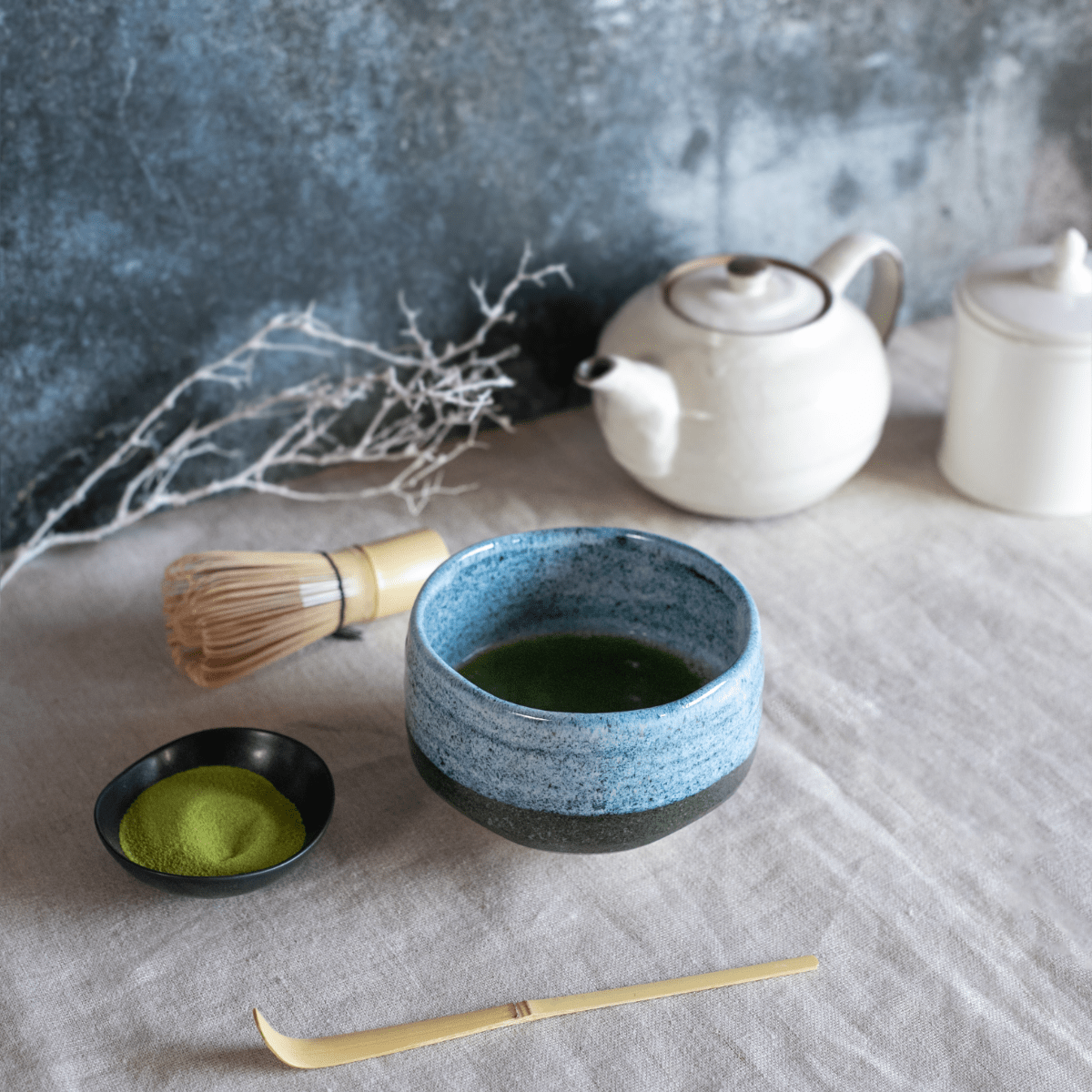

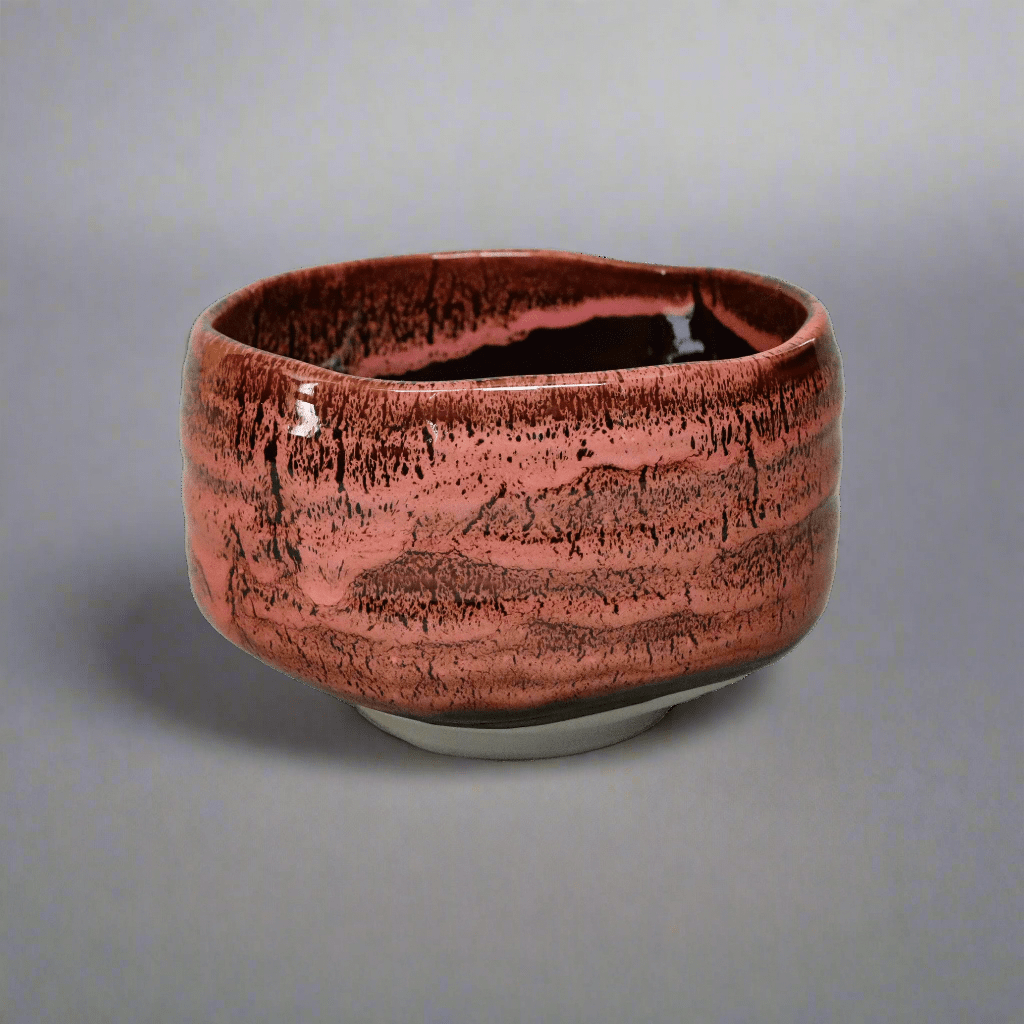
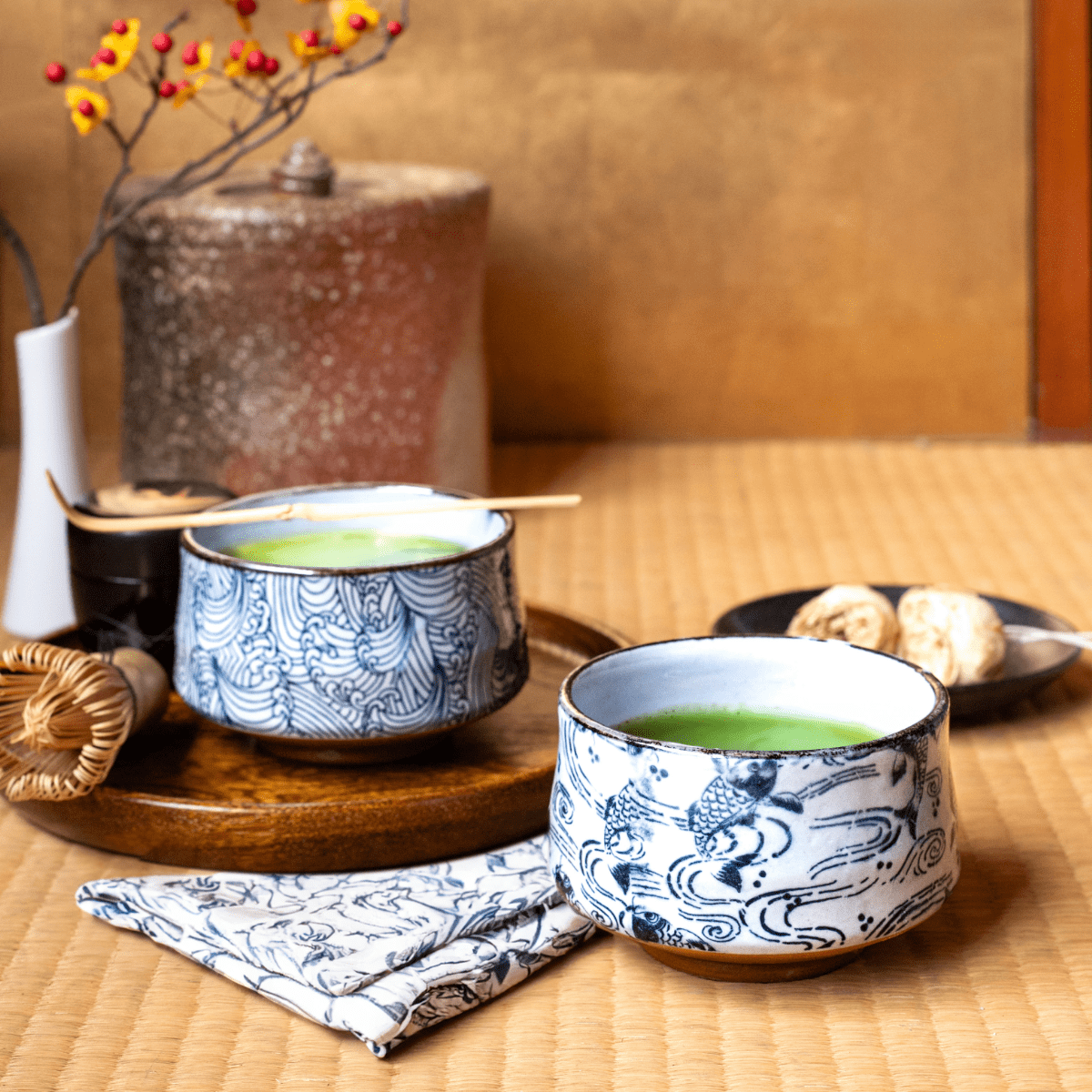
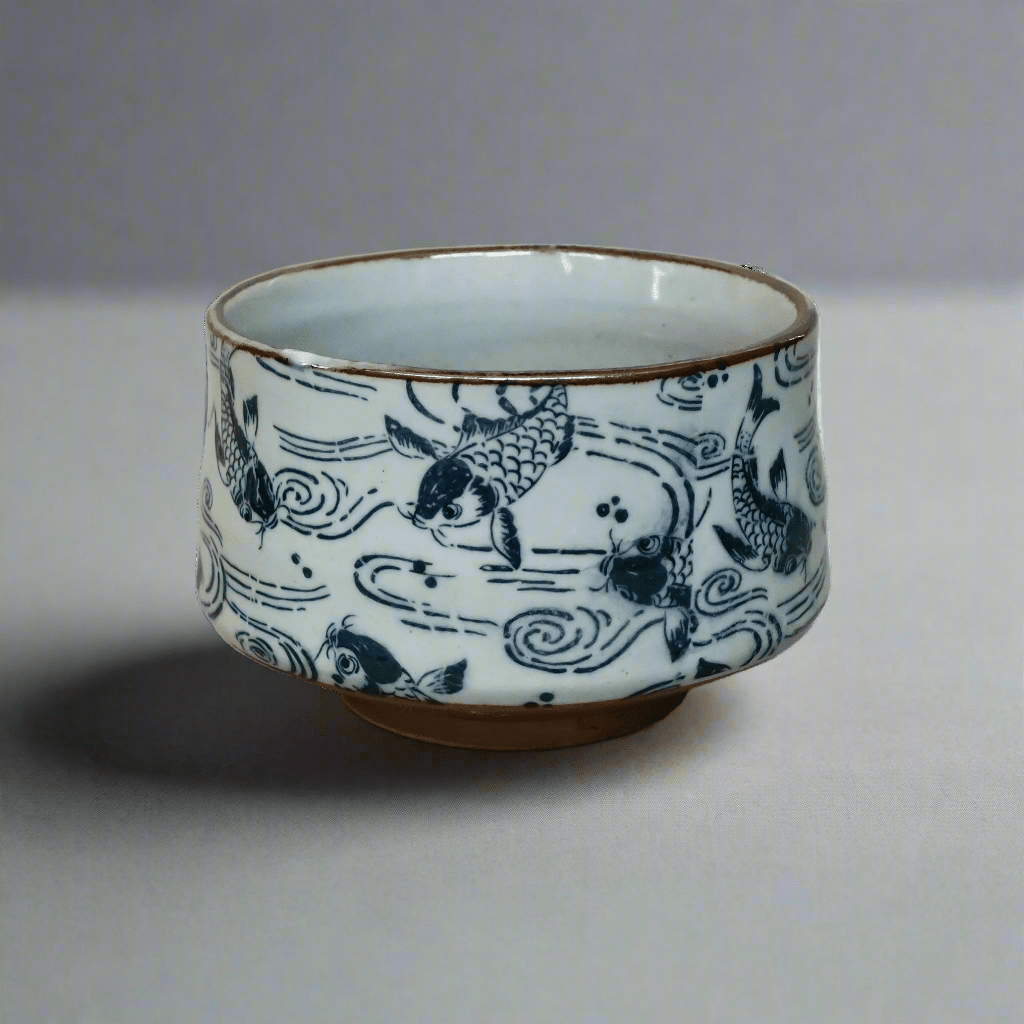
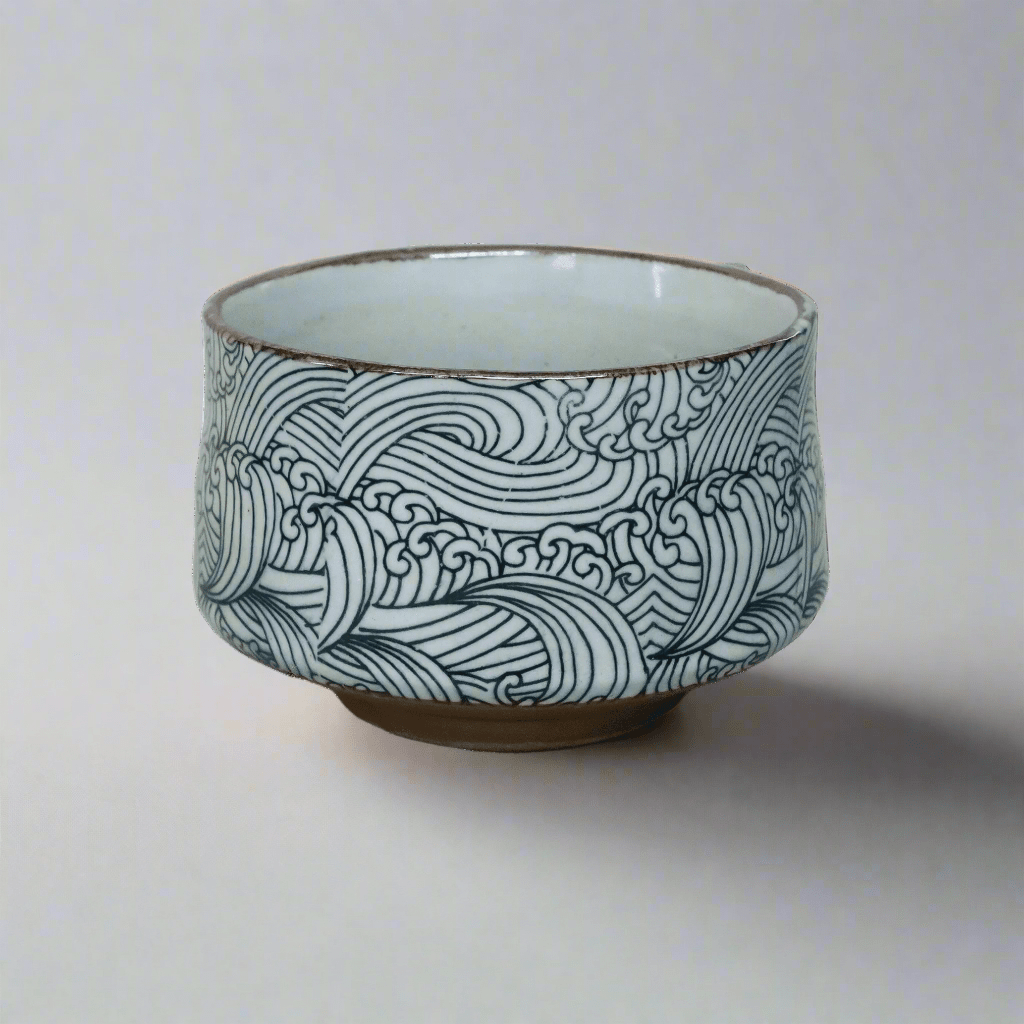
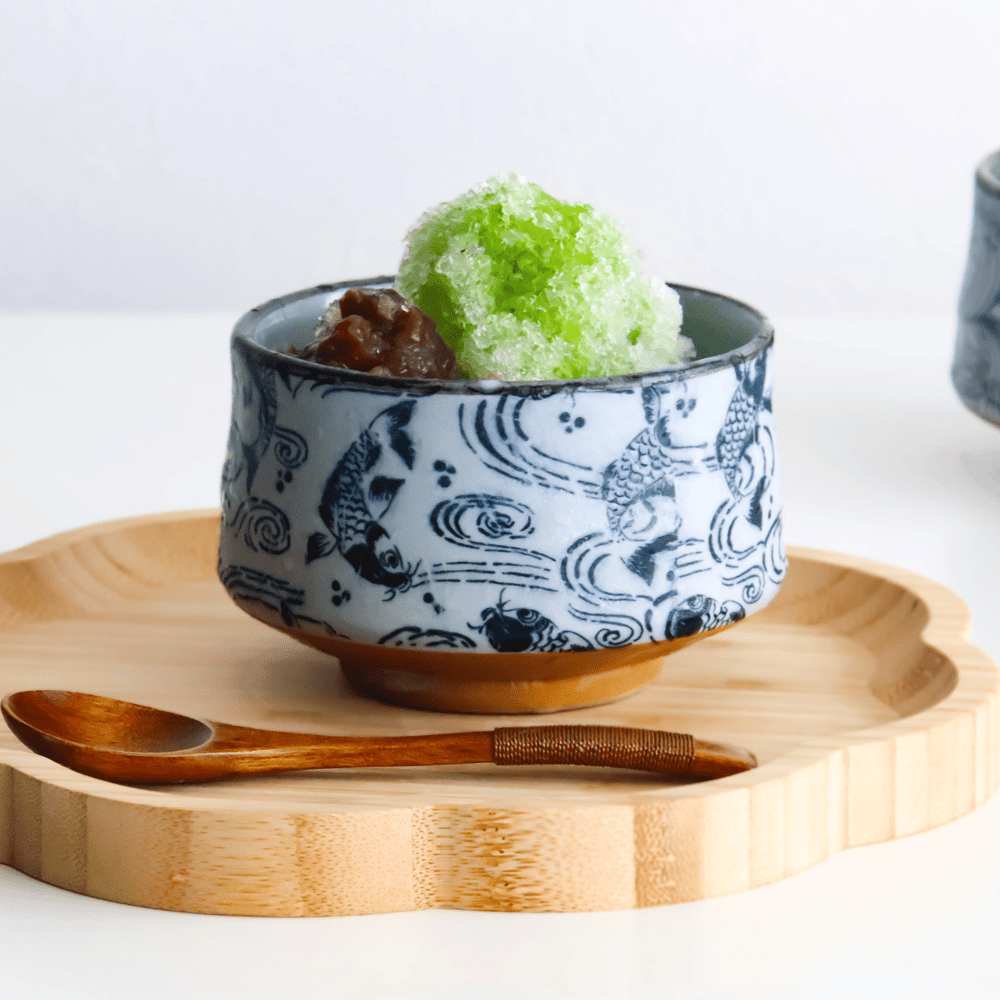
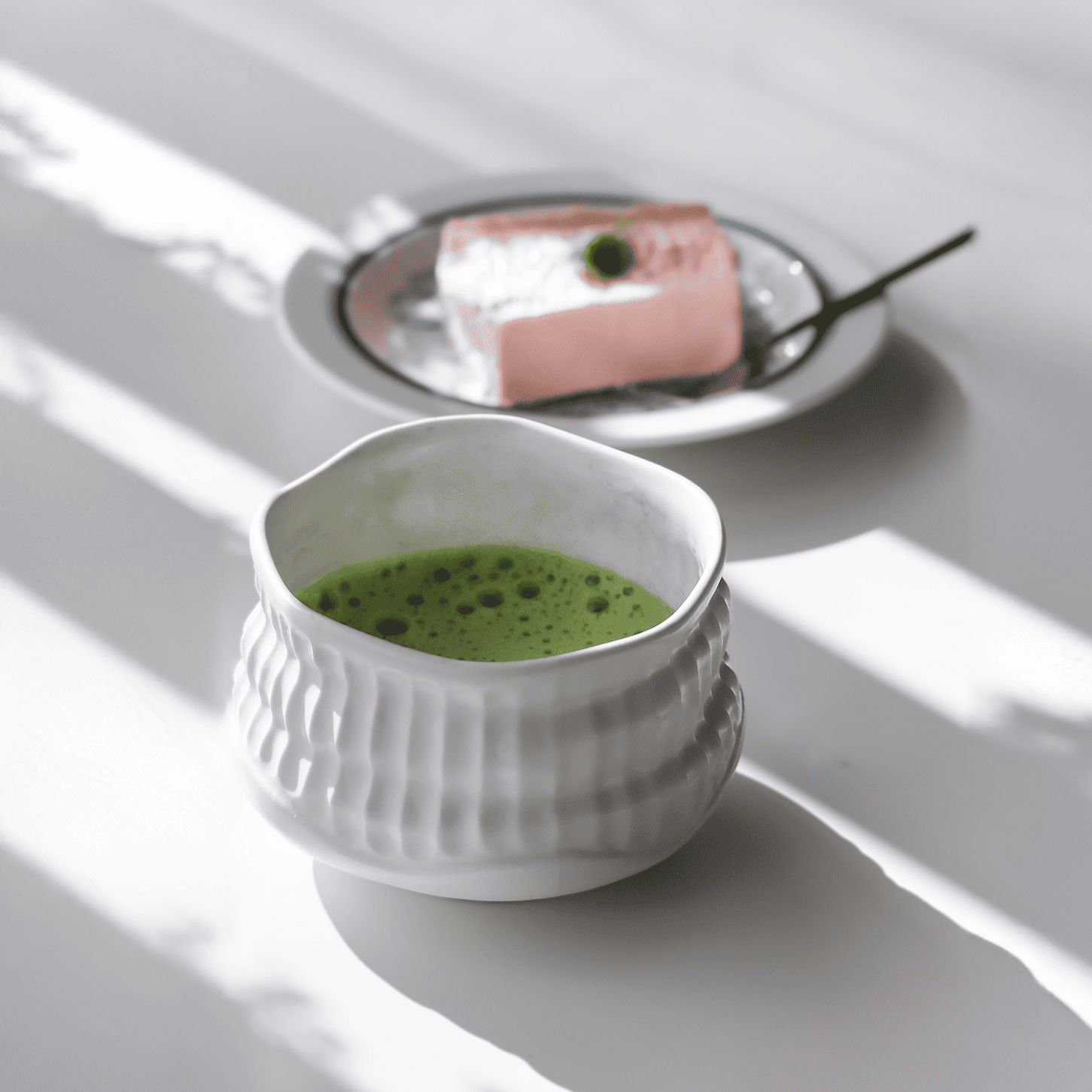
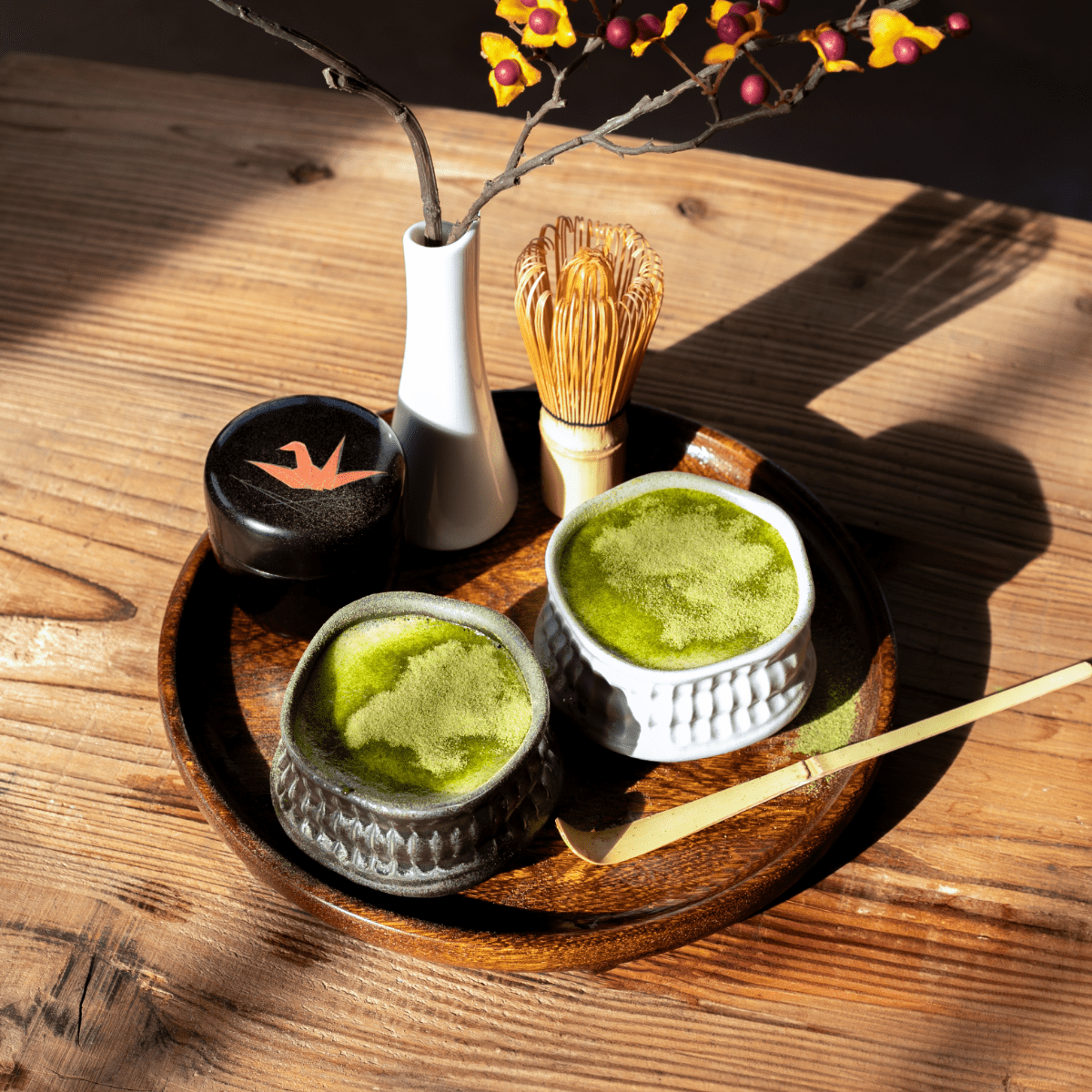
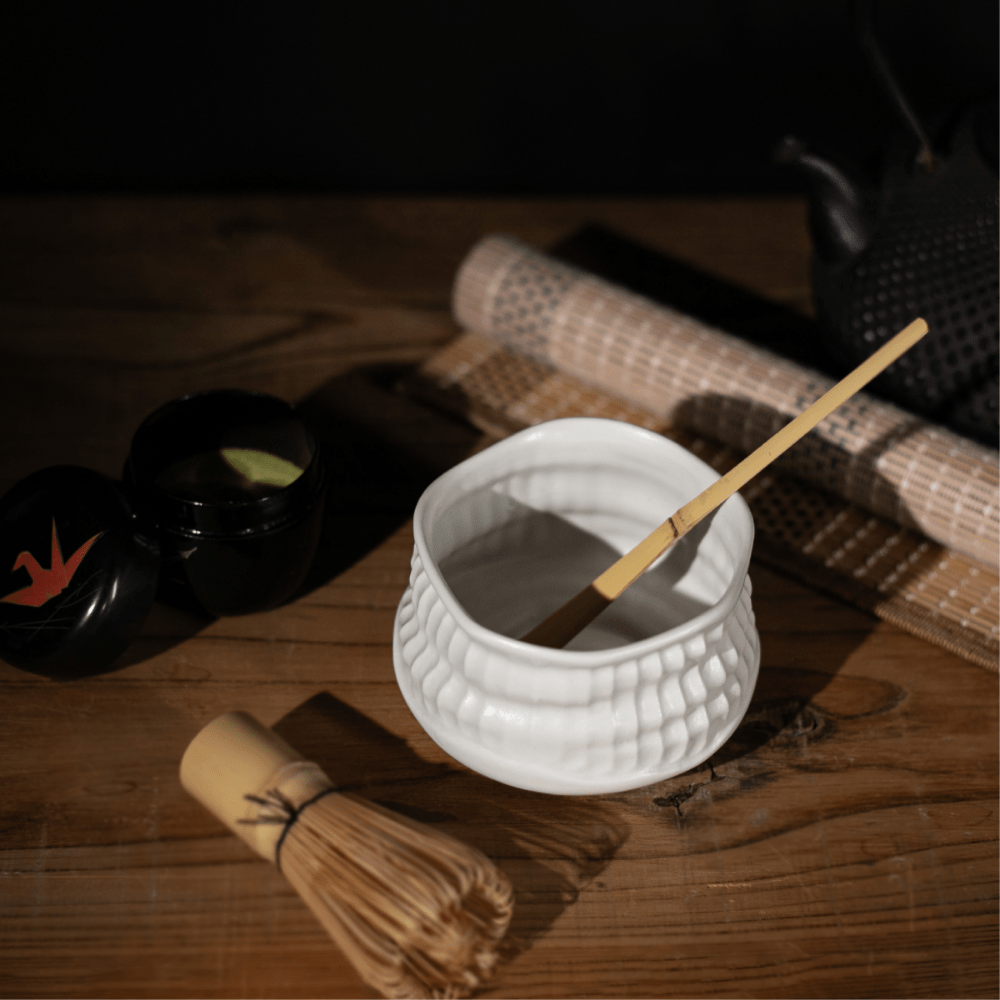
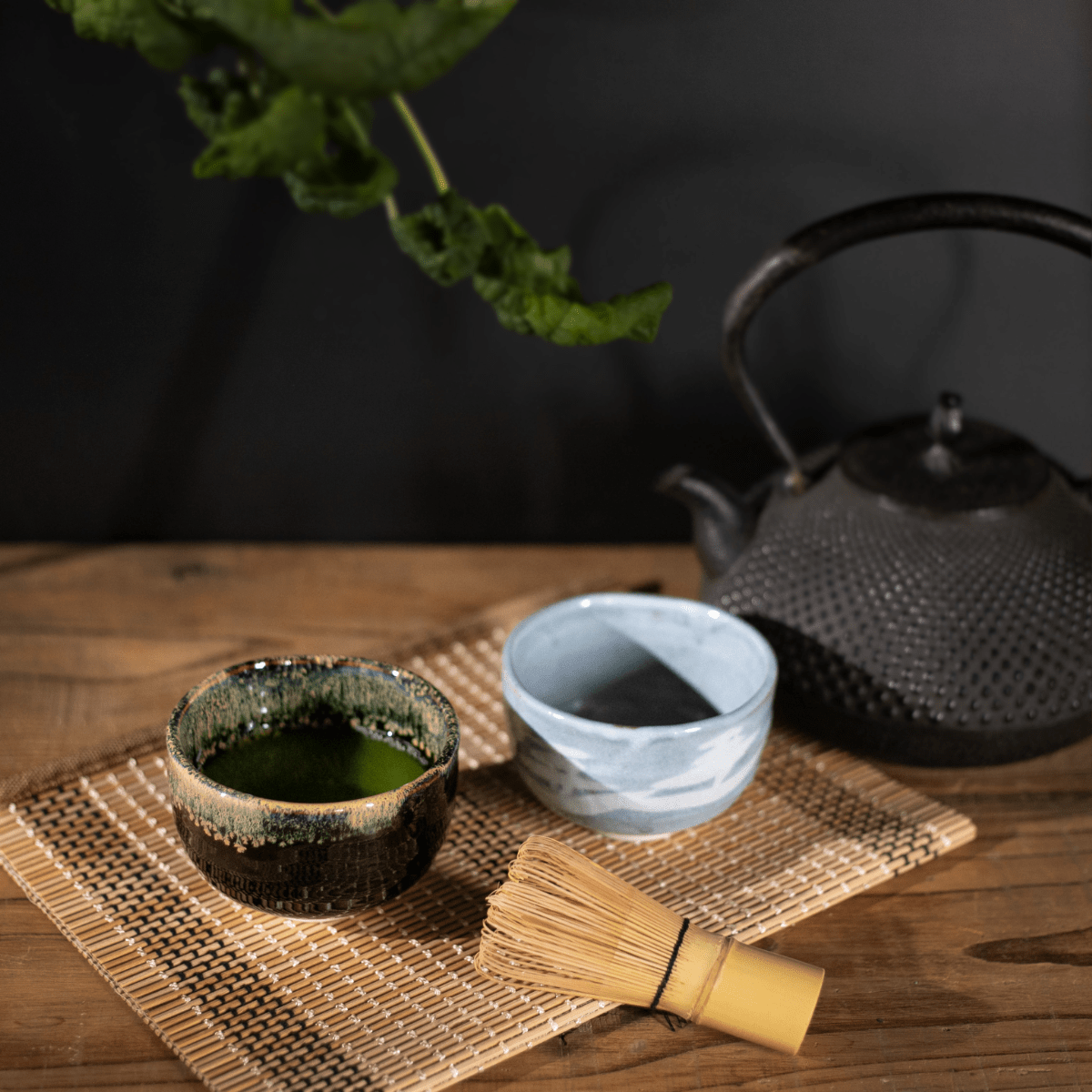
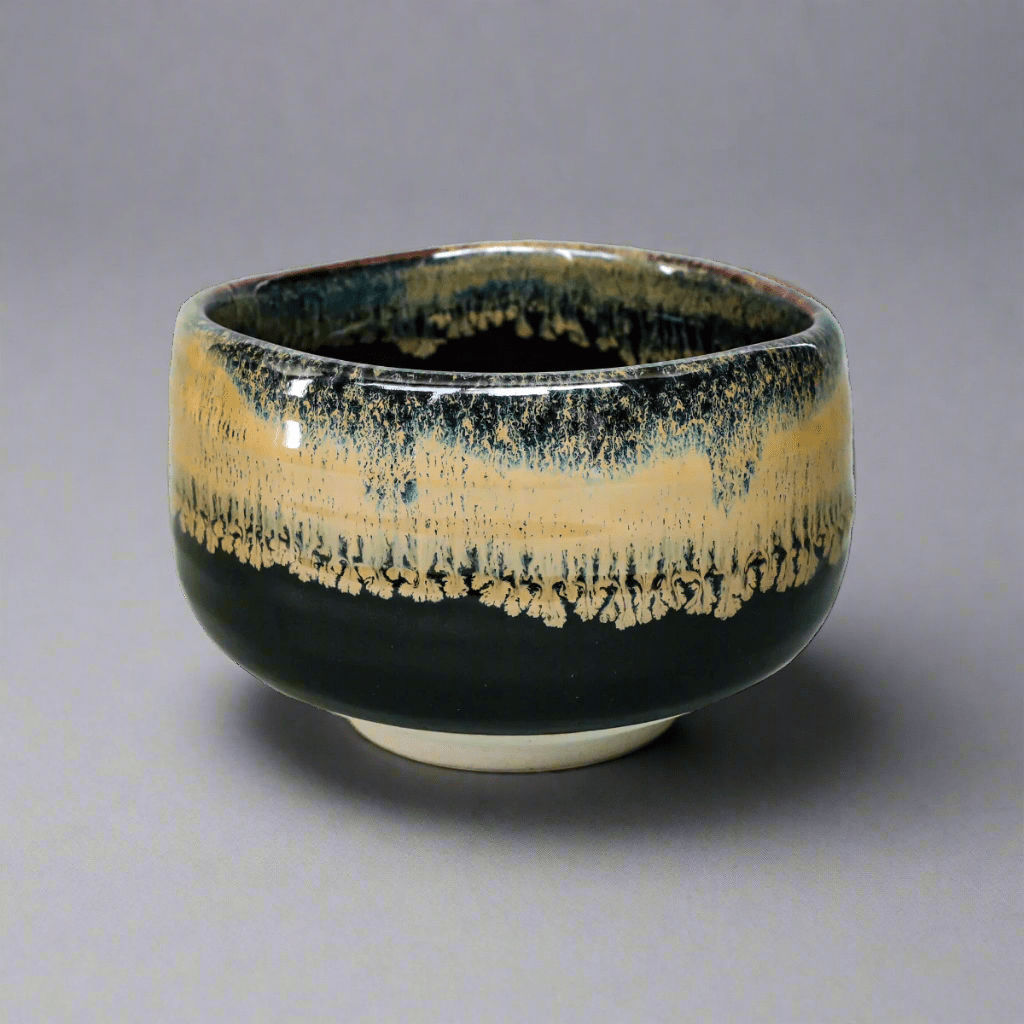
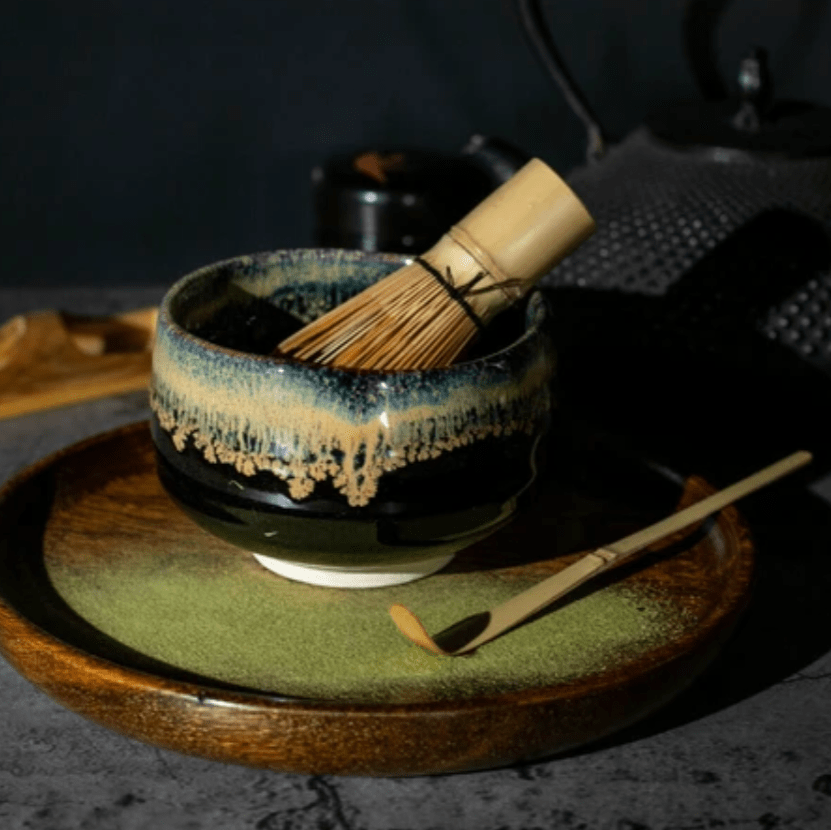

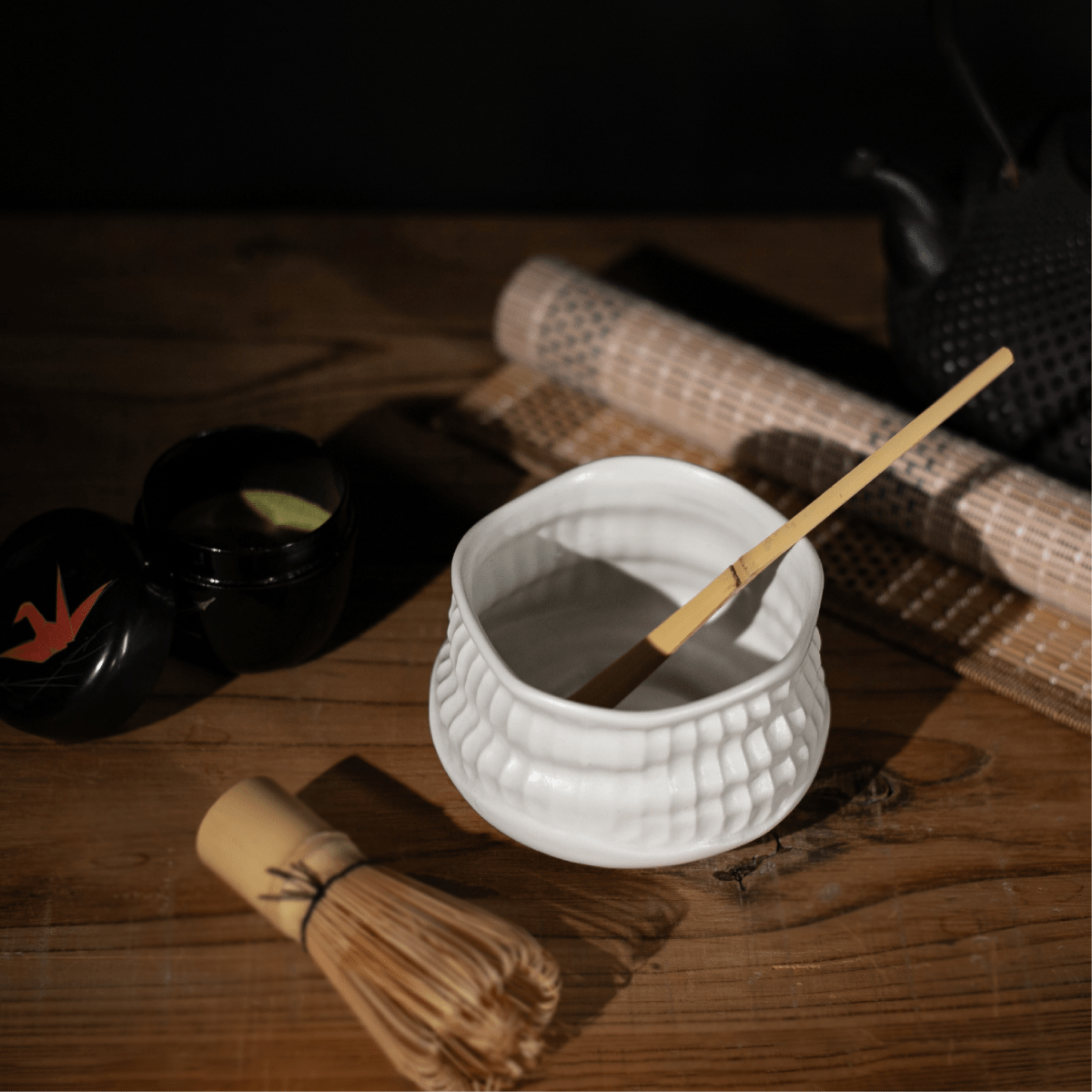
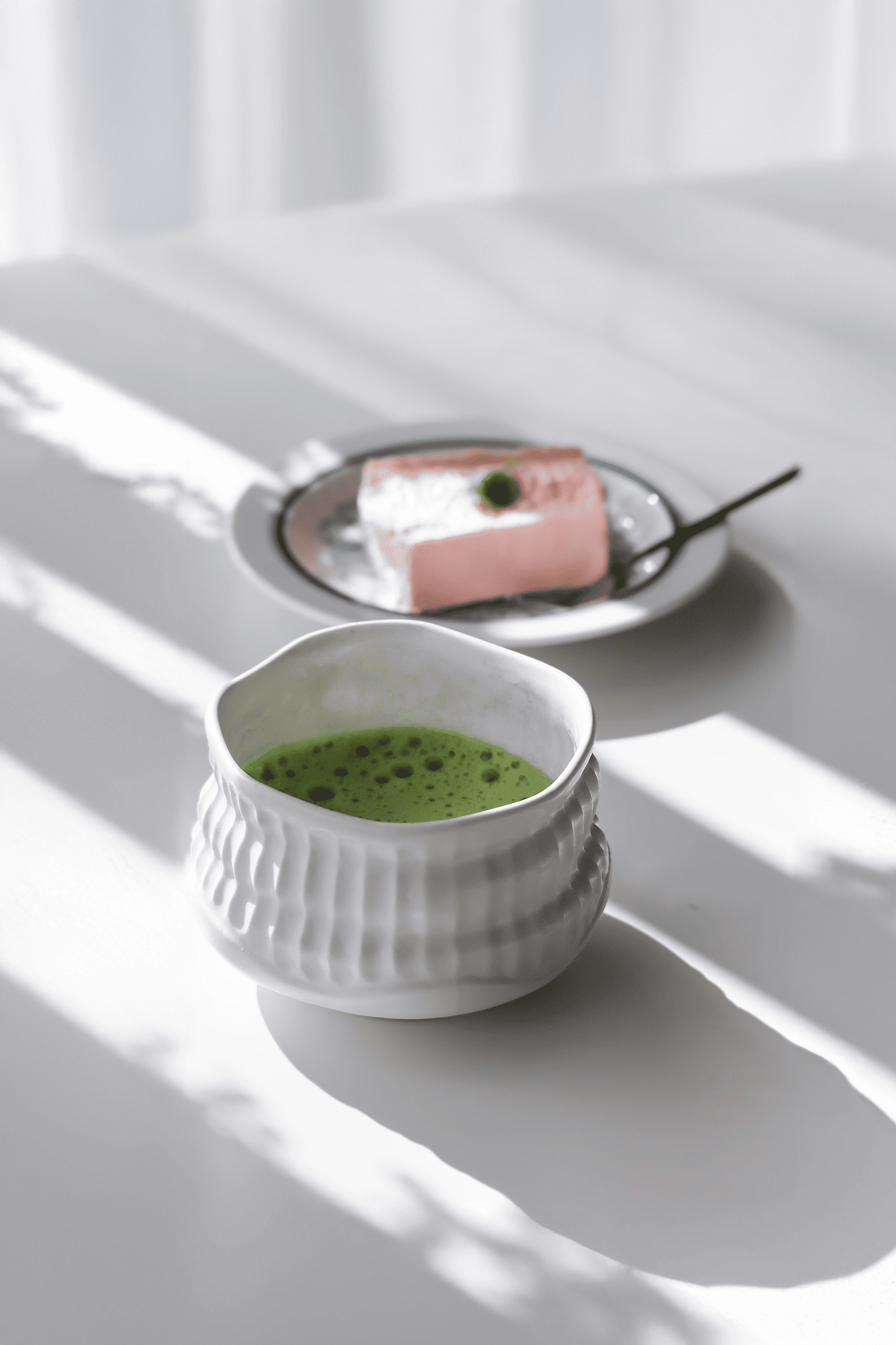
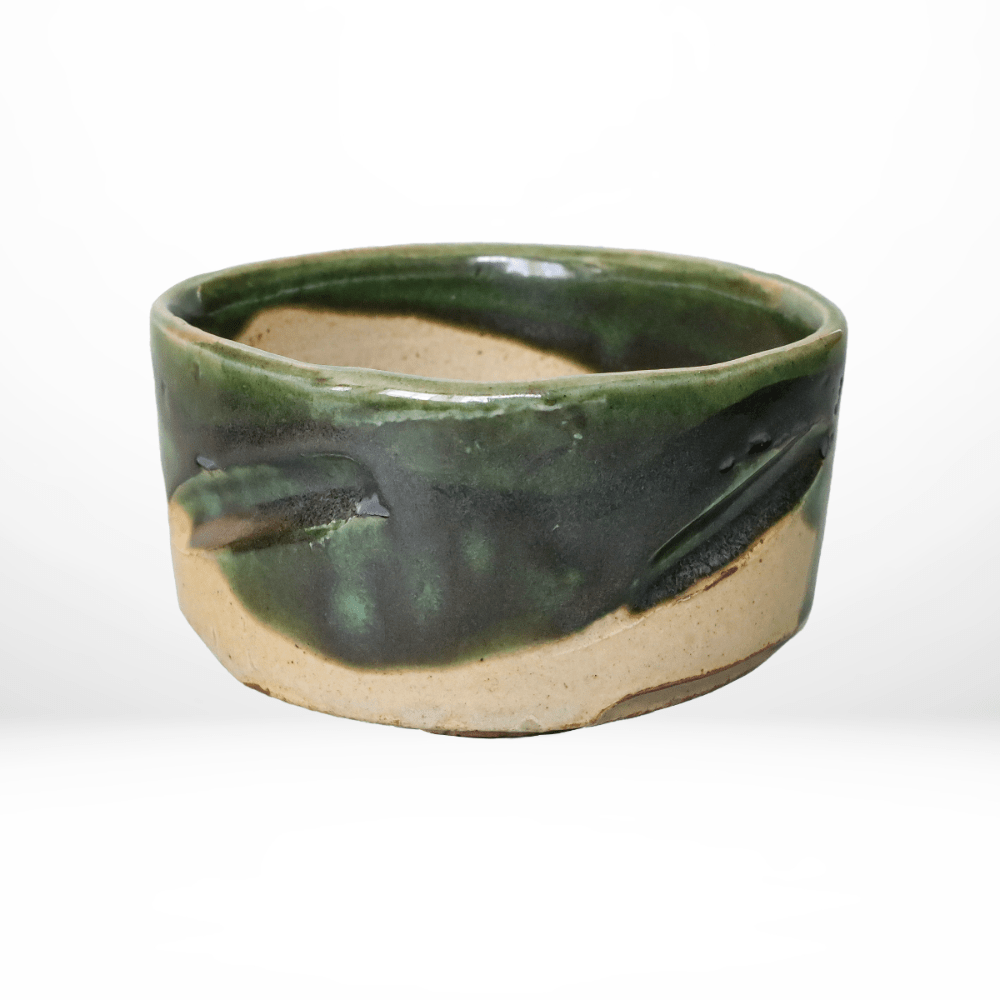
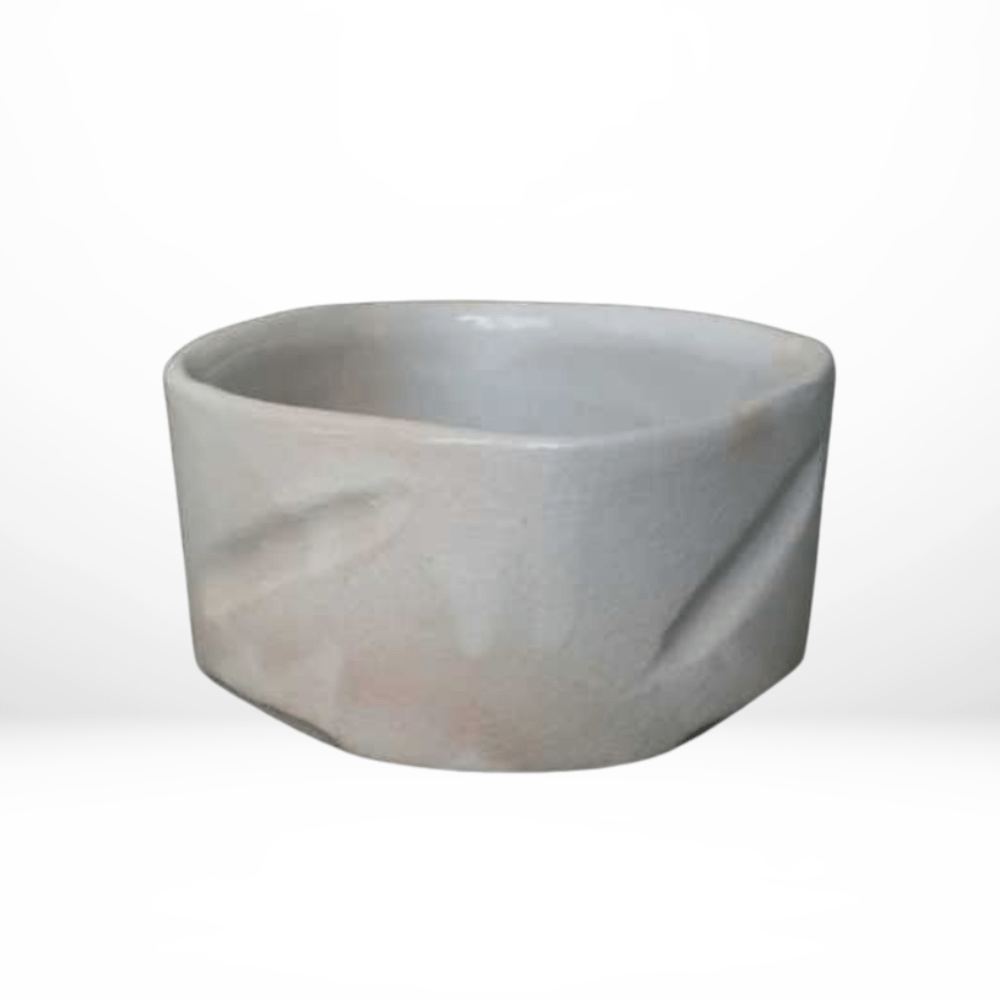
Share: